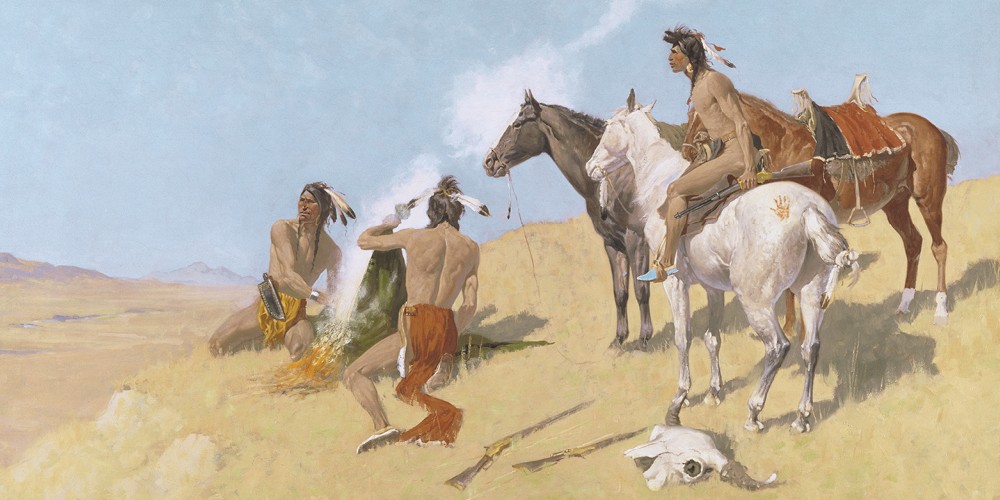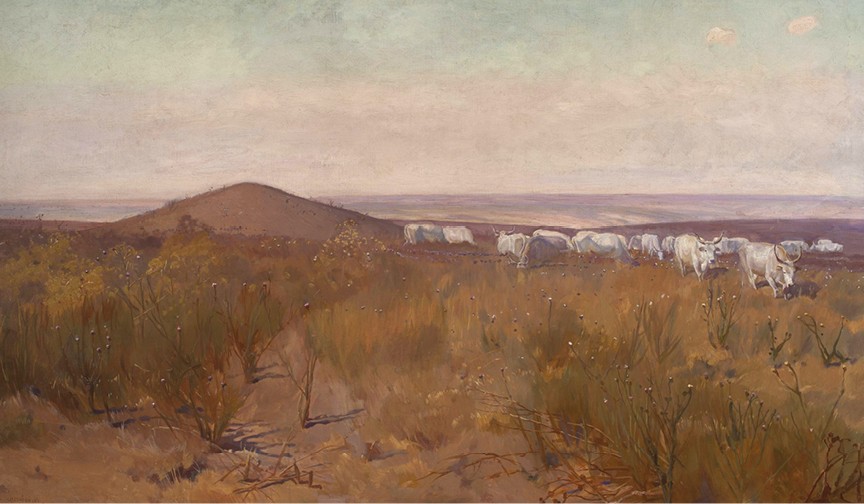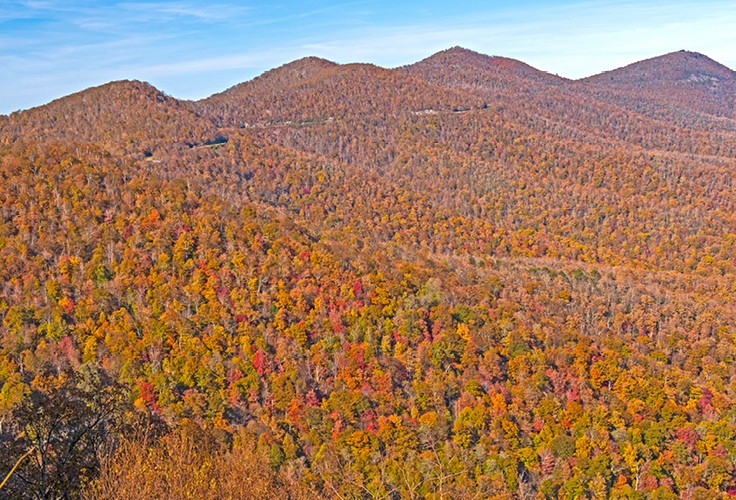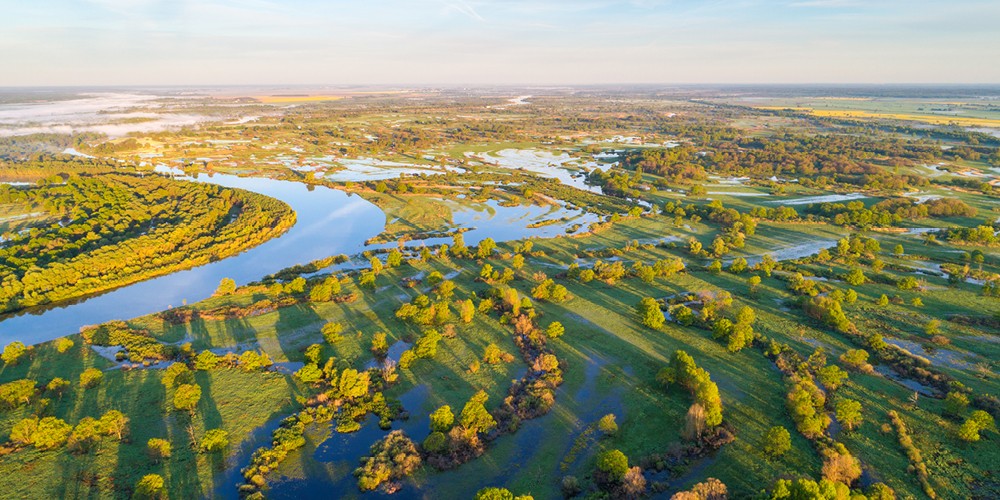Melting pot of cultures,
sciences and arts:
Eastern lands of the Polish-Lithuanian Commonwealth
and American civilization
Currently, Poland is one of the most ethnically and religiously homogenous countries in the world. However, until recently Poland’s ethnic and religious structure was completely different. For around 600 years up until the middle of 20th century, Poland was distinguished by its very high level of ethnic and religious diversity. This phenomenon was particularly related to the establishment of the union between the Kingdom of Poland and the Grand Duchy of Lithuania in 1385. For almost 200 years it was a close confederation, which gradually evolved into a federation (the Commonwealth – Rzeczpospolita) in 1569 after the Union of Lublin. Today Poland is a mid-sized country with a territory of above 310 thousand square kilometers, almost the same size as New Mexico. In the 15th century Poland-Lithuania as a union of states possessed one of the largest territories in the world. The proper territory of Poland-Lithuania approached 1.2 million square kilometers during this time. Even during the era of decline (18th century), the Polish-Lithuanian Commonwealth remained one of the largest states in Europe (close to 735 thousand square kilometers). In certain periods of history, its proper territory covered most of modern Poland and Ukraine, Lithuania, Belarus, and substantial parts of Latvia, Estonia, and European Russia. Moreover, at some points, Poland-Lithuania also ruled indirectly over huge parts of today’s Russia, Ukraine, Latvia, Romania, Moldova and even a small area in Slovakia. The size of these territories adds up to around three million square kilometers. The huge size of the Polish-Lithuanian state resulted in its very diverse ethnic and religious character. The territories of Poland-Lithuania that stood out particularly for their diversity were the Eastern lands of the Commonwealth, which were composed of various very different regions. These lands covered the great majority of the territory of the Commonwealth. Modern-day Lithuania, Belarus, southern Latvia, much of Ukraine and eastern Poland make up the core of the Eastern lands of the Commonwealth. These territories almost entirely belonged to the Grand Duchy of Lithuania and/or Kyivan Rus’ in the Middle Ages.
Most of the inhabitants of the Eastern lands of the Commonwealth were Ruthenians (ancestors of Ukrainians, Belarusians and even some Poles, Russians and others). This group was predominantly Orthodox Christian up until the end of the 16th century, when many Ruthenians became Greek Catholics. Despite this, the Eastern lands were also home to Poles, Lithuanians, Latvians, and the largest Jewish community in the world until the Holocaust. The Eastern lands also attracted the immigration of Germans and various smaller groups. This includes Armenians, Tatars, Romanians, Roma, Italians, people from the British Isles and especially Scotland, Dutchmen, and many others. Besides Orthodox Christianity and Greek Catholicism, the inhabitants also belonged to dozens of religions, including Roman Catholicism, Judaism, Lutheranism, Calvinism (Presbyterianism), Armenian Christianity and then Armenian Catholicism, Islam, and even native polytheism. This ethnic and religious diversity impressed and sometimes evenshocked the world. This social environment favored cultural diffusion, theemergence of multilayer identities and, also the phenomenon of the ‘melting pot’. In the early modern period ethnic and religious communities sometimes enjoyed exceptional tolerance in comparison to most of Europe. Members of various religious and ethnic groups coexisted alongside each other. However, they also sometimes fought and experienced various forms of discrimination or persecution under Polish rule. Gradually, Polish culture and Roman Catholicism achieved a decisively dominant position in the Commonwealth. The ethnic conflicts continued in the 19th and 20th centuries in the era of modern nationalism.
Soon after its establishment, the union gained the status of empire or at least the regional power, which maintained its influence until the second half of the 17th century. The Kingdom of Poland and the Grand Duchy of Lithuania were dividedinto highly autonomous administrative units (voivodships), the equivalent of republics or states. Simultaneously, a political system developed based on local government and parliamentarism. This was initially controlled by the nobility but gradually transformed into a magnate oligarchy. The Commonwealth disappeared in 1795 following its partition among its neighbors. However, its legacy, both positive and negative, has survived to this day. The Eastern lands were largely annexed by Russia (the Grand Duchy of Lithuania and most of the Ruthenian lands of the Kingdom of Poland), whilst a small part was taken by Austria. The Ruthenian lands captured by Vienna became known as Eastern Galicia. Under Russian rule many Poles, Jews and Ukrainians moved fromthe Eastern lands of Poland-Lithuania to the southern and eastern parts of Ukraine (i.e. Odessa, Kharkiv). These regions were between the end of the 14th and the middle of the 17th century, though often nominally, within the Polish-Lithuanian Union/ Commonwealth. In the 19th century and after the First World War, the Poles tried in vain to reestablish the Commonwealth. Nevertheless, Poland finally managed to regain its independence in 1918.

Despite some significant differences, the Eastern lands of the Polish-Lithuanian Commonwealth still share many geographic, social, economic, and cultural similarities with various regions of the US. The variety of environmental and geographic features that characterize America is also present to a lesser degree in the Eastern lands of the Commonwealth. These similarities are on a scale incomparable with any other European region (sandy and rocky coasts, lake districts, big primeval forests, large marshes, huge plains, mountain ranges and long, wide rivers). The regional predominance of forests, water reservoirs, plains and mountains resulted in forestry, hunting, fishing, pastoralism, cattle farming, and horse breeding becoming important parts of the Eastern lands’ economic life, much like in America. Even certain species of animals only live in the Eastern lands and the US, such as the American and European bison.
Huge parts of the Eastern lands belonged to the most sparsely populated regions of Europe. Some of them were colonized only in the 17th to 19th centuries by ‘pioneers’, who established many new towns. The process took place at the same time as in the US. Social groups resembling native nomads, scouts, cowboys, mountain men, trappers, and rangers inhabited not only the American West but also the Eastern lands.
Unfortunately, serfdom (semi-slavery) and domination by an aristocracy, was also widespread in the Eastern lands. This made them in many ways similar to the American South. On the other hand, the representative and federal political system of the Commonwealth, together with its vassals, resembled the US political system, which is based on states and organized incorporated territories. Moreover, the Eastern lands and America experienced territories of contested and nominal sovereignty. The Eastern lands also witnessed considerable immigration, though to a lesser degree than the US. Moreover, the immigration of Germans, Dutchmen, Englishmen and Scots to the Eastern lands often took place simultaneously with the first waves of immigration of members of these nations to North America.
The phenomenon of ethnic and religious diversity should probably be recognized as the most significant element that unites the Eastern lands and America. This close relationship was exemplified by the immigration of people from the Eastern lands of the Commonwealth to America. Small numbers of people from the region came to America at the very start of the colonial era
as individuals or families. Between 1870 and 1914, however, a giant wave of immigrants from the region arrived in the US. A subsequent, though much smaller wave came after the Second World War. Jews, Poles, Ukrainians, Belarusians, Lithuanians, Latvians, and others from the Eastern lands settled especially in New York City, Chicago, the Great Lakes region, Pennsylvania, and California.
The number of Americans with at least partial origins in the Eastern lands exceeds ten million people. They contributed greatly to the development of American culture, art, and science. At the same time, the US played an important role in the history of these immigrants’ home nations. Our webpage tells the stories of some of the most interesting and important personalities that left an indelible mark on the cultures and histories of our countries.





